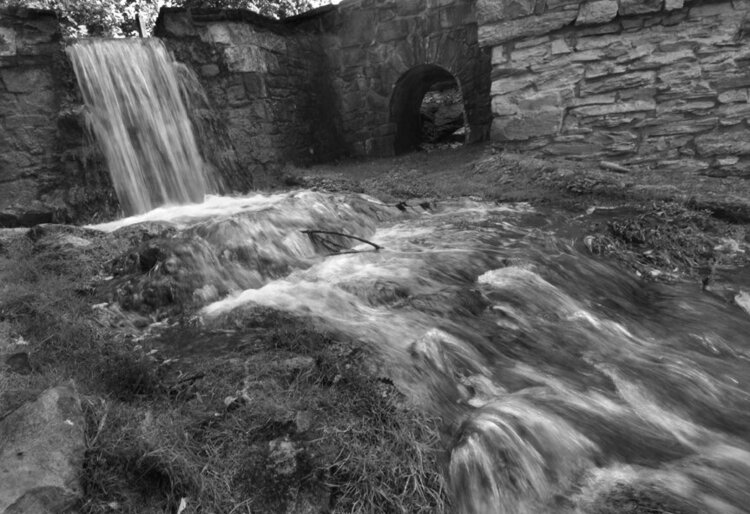

 Give a Cheer
Give a Cheer
Today's post was written and photographed by my husband Bob, a veteran photo journalist, who taught photography on the college level for many years.
For every photograph, there is one correct exposure. With an adjustable camera, you have two ways of controlling the light to achieve that result. Your exposure controls are the shutter speed (duration) and aperture or f/stop (intensity). Duration plus intensity controls exposure.
Think of it like filling a pitcher of water. You can turn on the faucet so a trickle of water comes out and it will take a long time to fill the pitcher. Or, you can turn the tap all the way open and fill it fast.
It's the same way with light. You can open the lens up by using a wide aperture setting like f/4 and let a lot of light in like the open tap. Therefore, you need a short exposure duration to keep too much light from filling up your picture pitcher, so shutter speeds like 1/2000th of a second will be used.Or, you can let in only a trickle of light by using an f/stop like f/16 or f/22), but the shutter will be open for a longer time, like 1/4th or 1/2 second so the trickle of light can fill the exposure up.
The shutter speed can also affect the way that moving objects are reproduced. In simple terms, the motion can be frozen, like a football player flying in mid-air, or it can be blurred, where the moving object creates a streak instead of a clear and sharp image.
The first photo of the waterfall shows the blurred motion affect. The exposure time was 1/4th of a second, which caused the flowing water to look almost like ice. It can sometimes help to visually carry the sense of the subject's motion, like this stream, into a still image.
No products have been added to this project.
Thanks for spreading positivity!
July 18, 2012
July 13, 2012
July 13, 2012
July 13, 2012
July 11, 2012
July 11, 2012
July 10, 2012
July 10, 2012
July 10, 2012
July 10, 2012